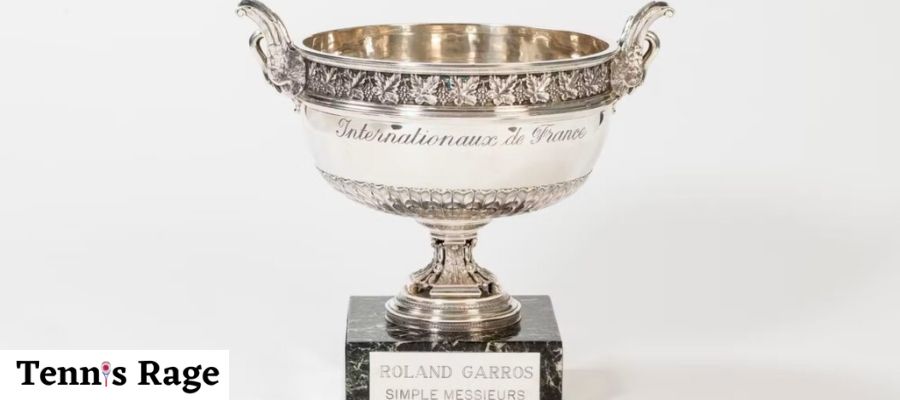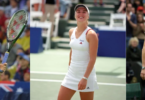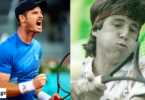The French Open began in 1891, which means that this year we are watching the 127th edition of this prestigious Grand Slam tournament.
When we think of the French Open, our first association is typically Rafael Nadal and his dominance in this tournament. I thought it would be fun to write about a handful of interesting facts about the French Open, which is held on the red clay of Paris.
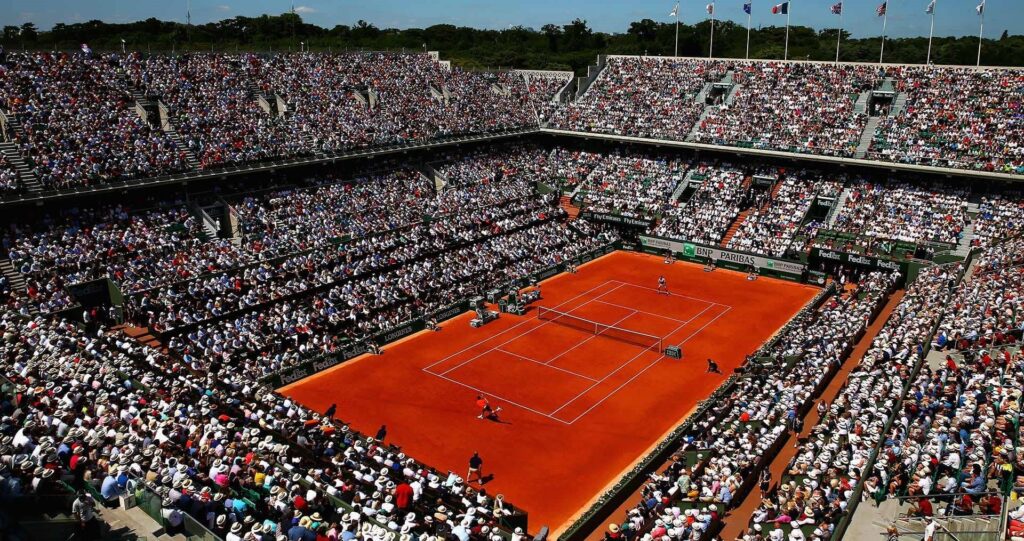
Credit: ATP tour
Who was Roland Garros?
The Grand Slam, which is traditionally held during the last week of May and the first week of June, is also known by another name, Roland Garros. Roland Garros is also the name of the tennis complex where the tournament is played. Who is this man after whom, among other things, the tennis complex in Paris was named?
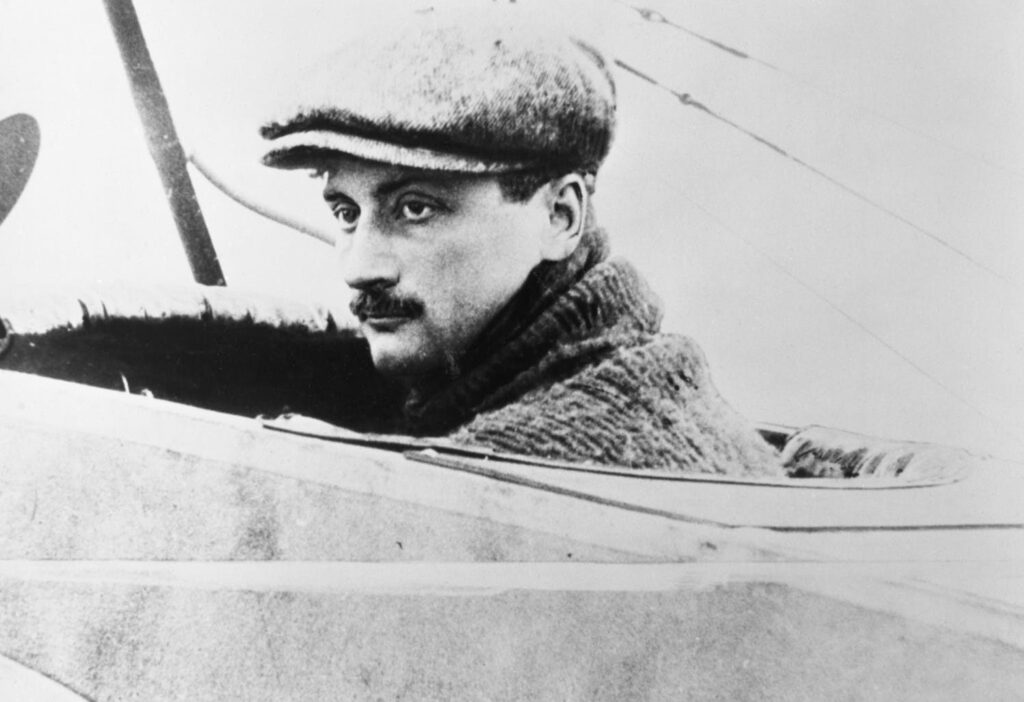
Roland Garros was a French pilot who set multiple records, as well as a fighter pilot who fought in the First World War. Prior to WWI, he was a renowned pilot to who set altitude records and was the first pilot to cross the Mediterranean Sea. When WWI started, he began to fight successfully shot down three German planes.
However, he was then shot down and captured by Germany. After almost three years in captivity, he escaped and made his way back to France. Once again, he flew fighter planes and was shot down and killed in action on October 5, 1918. Ten years after his death, the tennis complex was named after him.
Courts and Surface Features
The French Open was not the only Grand Slam tournament in history that was played on clay. The U.S. Open was played on clay from 1975-1977. Of course, now it is the only Grand Slam to be played on clay.
I recently wrote an article about clay courts in which I explained that the courts are not actually made of clay. It is actually made from crushed red bricks. Plus, there is only a thin coating a thin coating of the crushed red bricks on top 6-7 centimeters of white limestone.
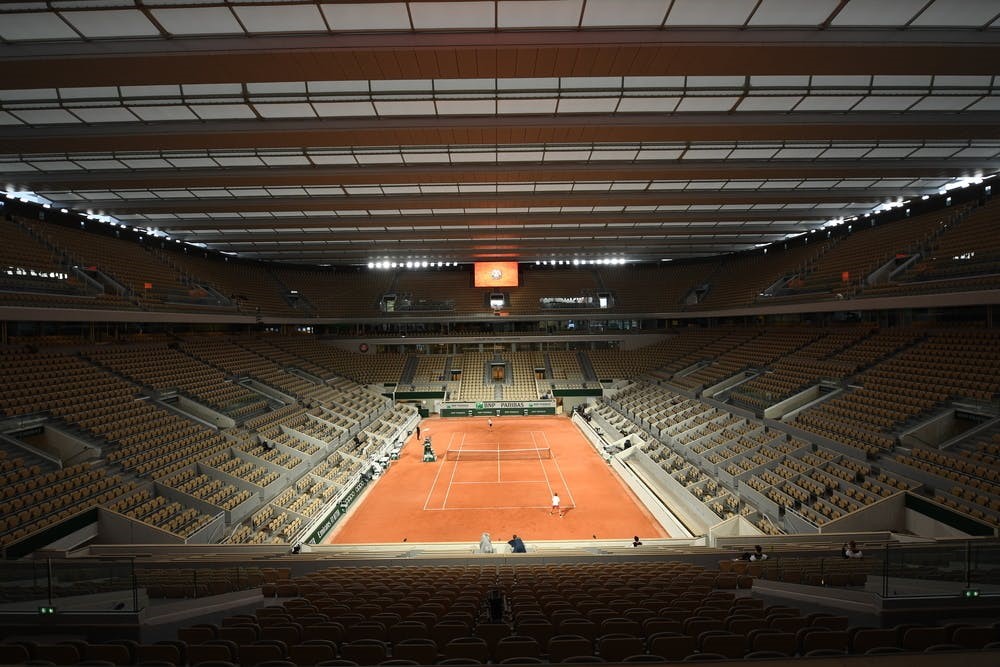
The tennis complex where the French Open contains 20 courts spread over 34 acres. Center Court, otherwise known as Stadium Court, was built in 1928 and is named after Philippe Chatrier, a former French tennis player and journalist who was president of both the French Law Tennis Federation and the International Tennis Federation.
This stadium accommodates over 15,000 spectators, and as of 2020, it also has a movable roof. It took two years to make the roof and about eight months to assemble it, which was finally completed in February of 2020. The roof consists of 11 trusses, each weighing 330 metric tons.
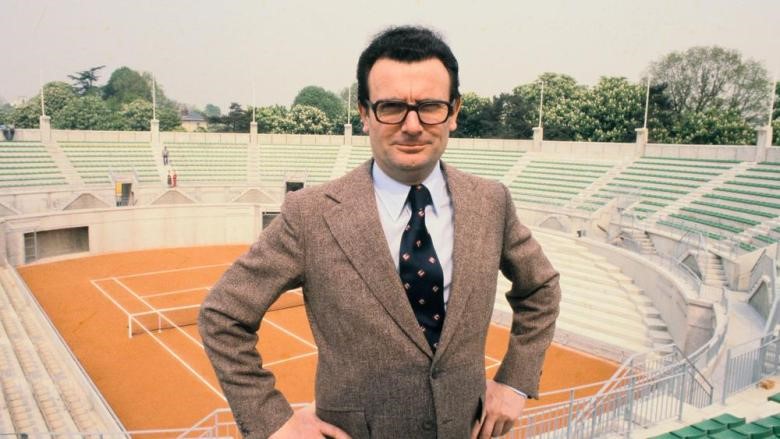
The second largest court at Roland Garros is also named after another tennis legend, Suzanne Lenglen. She was a big star during the 1920s. She was the #1 ranked female player in the world and she won eight Grand Slam titles, including winning Wimbledon six times.
She also won the French Championships six times. During her career, Suzanne Lenglen had an impressive 98% win rate.
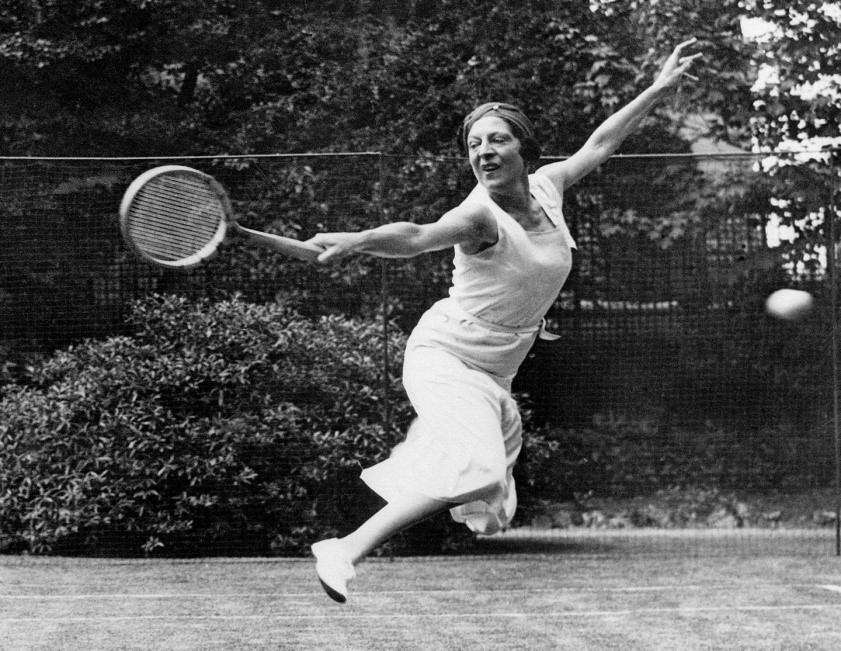
Trophies
The trophy awarded to the female French Open winner is called the Suzanne-Lenglen Cup and is named after Suzanne Lenglen.
The men’s trophy is called the Coupe des Mousquetaires, or The Musketeers’ Cup. It is named after the four Musketeers of French tennis: Jean Borotra, Jacques Brugnon, Henri Cochet and René Lacoste.
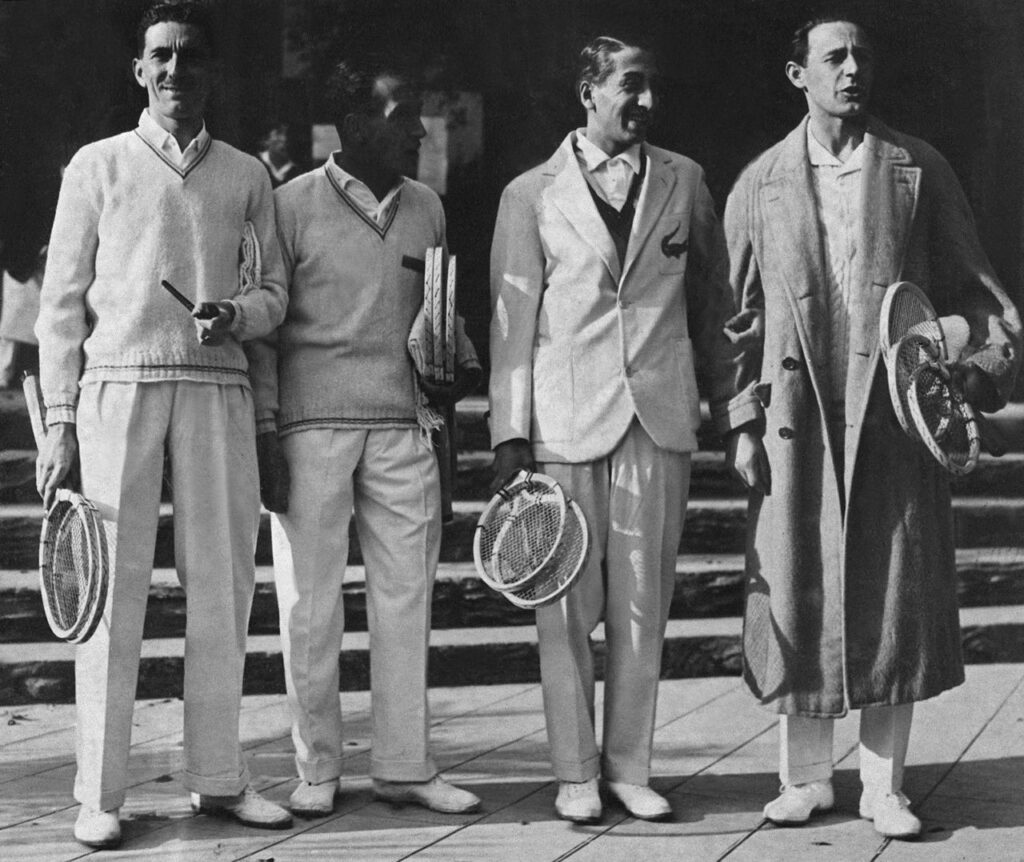
These French champions were famous in the 1920s and 1930s, winning as many as 43 Grand Slam titles in singles and doubles. Rene Lacoste is the founder of the Lacoste clothing brand. His nickname, The Crocodile, has also become a symbol of his brand.
The cup weighs over 30 pounds. Winners of the French Open do not actually receive the Cup that is presented at the winners ceremony after the tournament. Instead, they receive a replica.
The Longest Match
The longest match ever played on clay was played at the French Open in 2004. The match was played by French compatriots Fabrice Santoro and Arnaud Clement in the first round of the tournament.
The match lasted 6 hours and 33 minutes and spread over two days due to darkness stopping play on the first day. Santoro ultimately defeated 6-4, 6-3, 6-7, 3-6, 16-14.
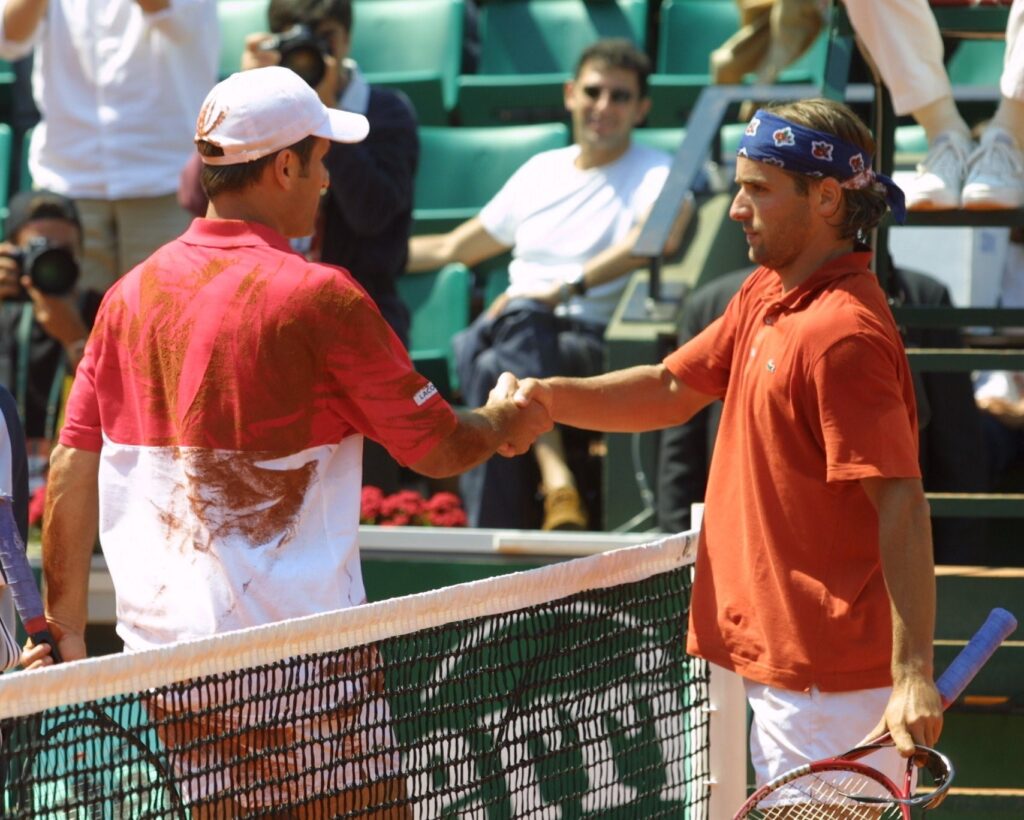
After the end of the match, Santoro was excited to emerge victorious and to also set a record at the French Open. Clement, on the other hand, was upset about losing. He gave Santoro a cold handshake.
Later, he stated, “I don’t care about the record. It was played over two days, it’s not even relevant. What do I get out of it? A medal?”,
Their match was actually the longest in the history of tennis on any surface until the epic, 11 hour and five minute battle at the 2010 Wimbledon between John Isner and Nicolas Mahut. This match was spread over three days with Isner eventually winning with a score of 6–4, 3–6, 6–7), 7–6, 70–68.
The third set alone lasted eight hours and 11 minutes. This remains the longest match in history, and the French Open match between Santoro and Clement remains the longest match ever on clay.
Two Titles for French Players
In the open era, which began in 1968, only two French singles players have won at Roland Garros. Yannick Noah is the only French man to win the French Open, which he won in 1983.
Mary Pierce is the only French woman to win the French Open, which she won in 2000.

